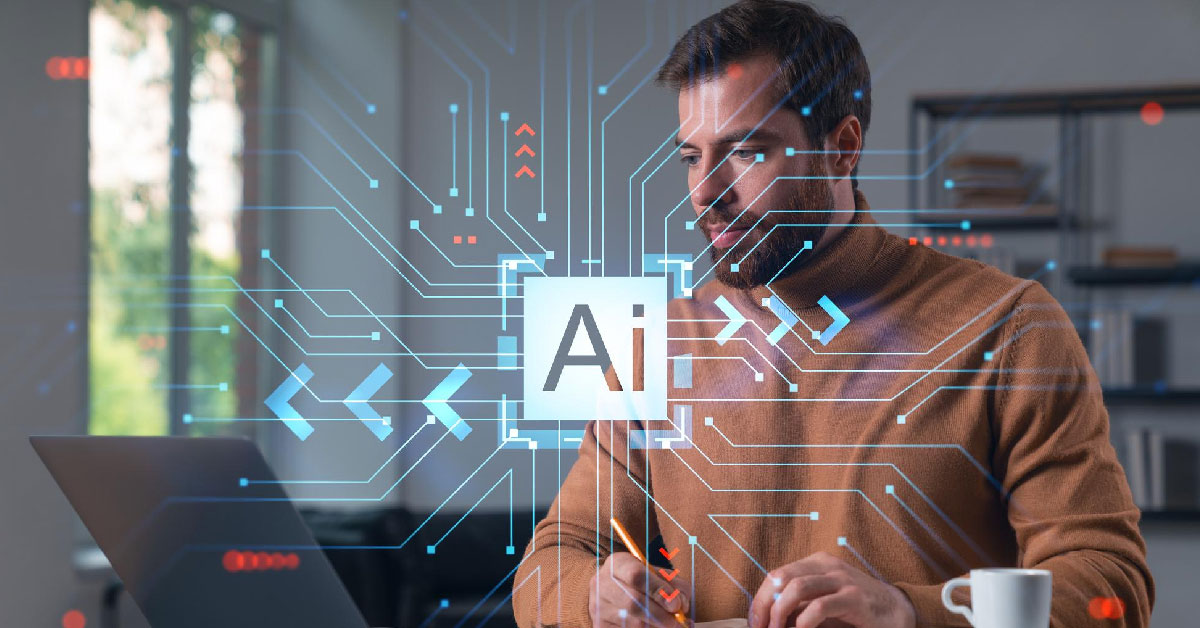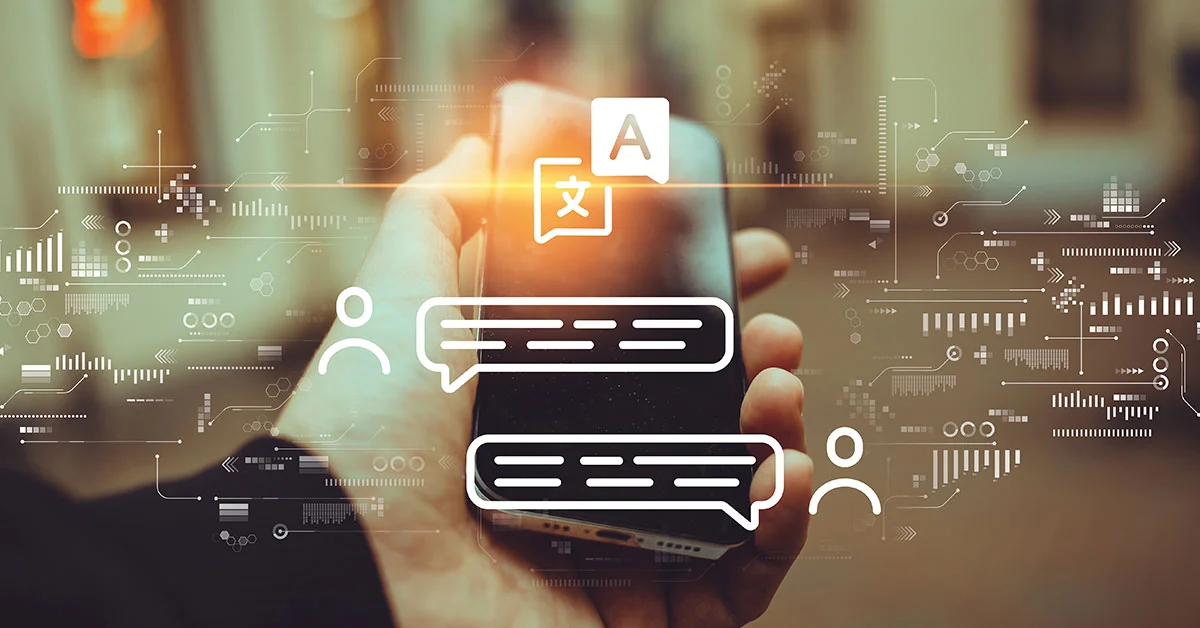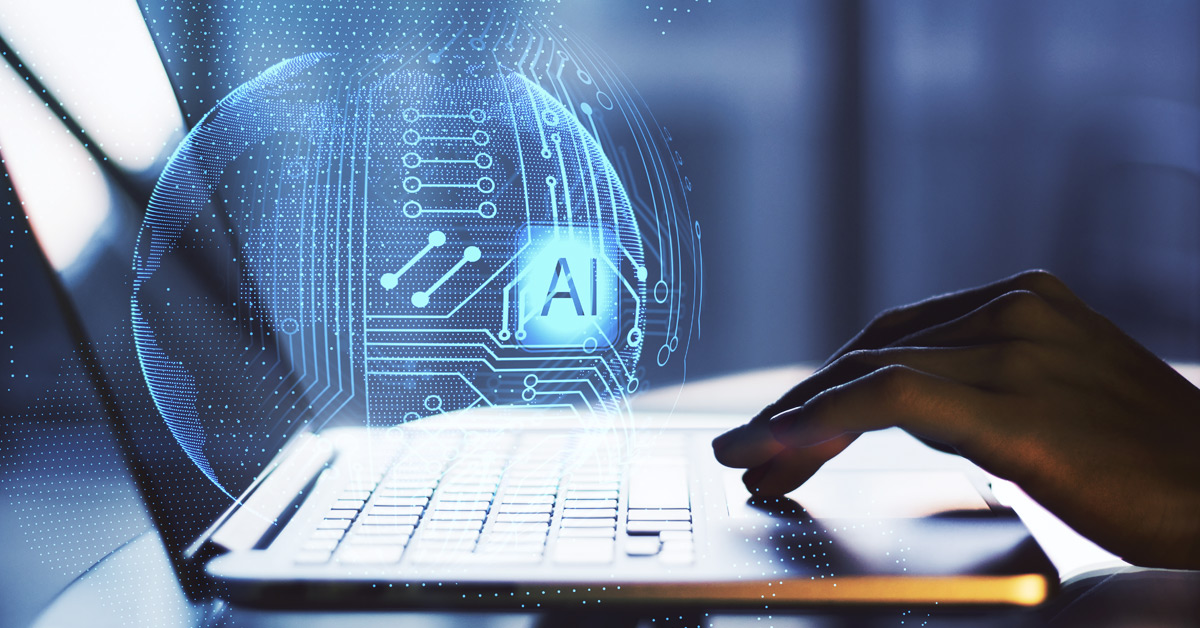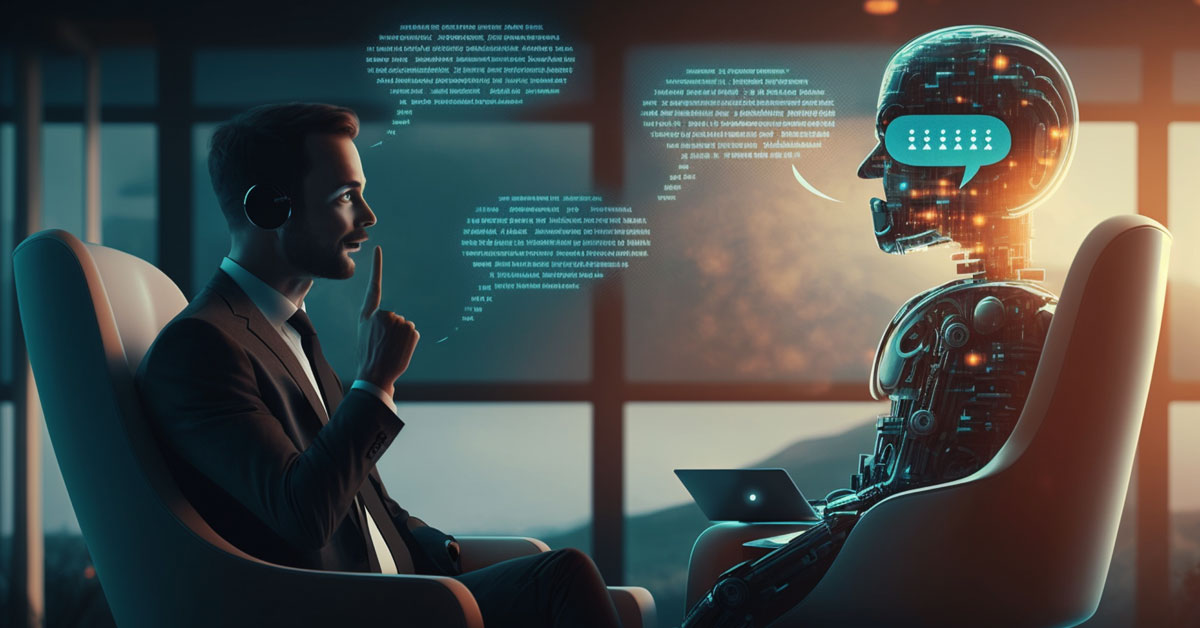Generative AI-Benefits & Limitations
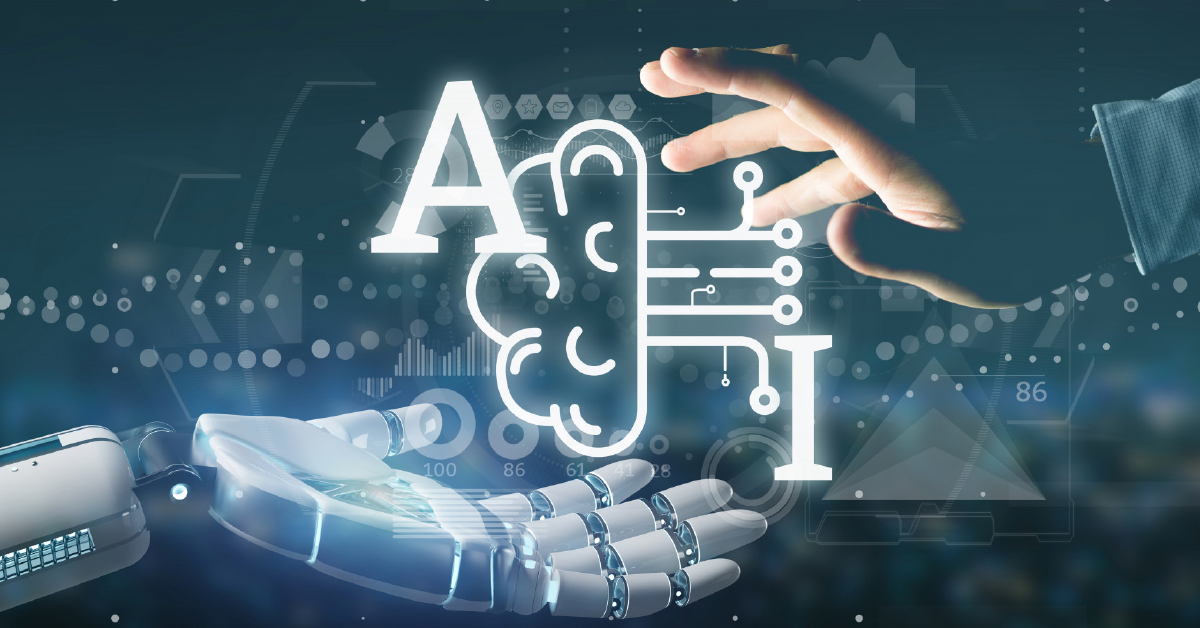
5 min read
Generative AI has emerged as a transformative technology with the potential to reshape various industries, from healthcare to entertainment. Its ability to create human-like content, such as text, images, and even music, has opened up new possibilities and sparked both excitement and concerns. In this blog post, we will delve into the benefits and limitations of generative AI, exploring how it is changing the way we work, play, and live.
Understanding the Generative AI
Benefits of generative AI brings alerts in the form of text, images, videos, designs, musical notation, or any other input that it can comprehend. Then, different AI systems respond to the suggestion by returning fresh content. Content options include essays, problem-solving strategies, and lifelike impersonations created using a person’s photos or speech.
Early iterations of generative AI required data submission through an API or another laborious procedure. Developers have to become familiar with specialized tools and create applications using programming languages like Python.
Difference between the AI & Generative AI
While Traditional AI employs predetermined rules to tackle certain problems, Generative AI concentrates on creating new content and data. While traditional AI frequently uses supervised learning and discriminative models, generative AI uses unsupervised learning and generative models.
AI-Generated Models
To represent and analyze content, generative AI models mix several AI techniques. For instance, sentences, parts of speech, entities, and actions are created from raw characters using various natural language processing algorithms to generate text. These transformed characters are then represented as vectors using a variety of encoding techniques. Similar to how vectors are conveyed, photos are changed into other visual elements. These methods have the potential to encode biases, racism, deceit, and puffery present in training data.
Benefits of Generative AI
Generative AI offers a multitude of benefits, ranging from creative content generation to problem-solving. Its ability to generate text, images, and even music autonomously can streamline content creation processes. To improve personalization in various applications, and pave the way for innovative solutions in diverse industries. Additionally, generative AI can assist in data augmentation and predictive modeling, making it a valuable tool for data scientists and researchers. The following are some of the main advantages of generative AI.
Creative Content Generation
One of the most significant advantages of generative AI is its ability to create creative and original content. Whether its generating art, writing stories, or composing music, generative AI systems like GPT-3 have demonstrated remarkable creative capabilities. This can be a game-changer for content creators, as it can assist in generating ideas, saving time, and even producing high-quality content autonomously.
Personalization and Recommendation Systems
Generative AI plays a crucial role in personalizing user experiences. Recommendation algorithms, such as those used by Netflix and Spotify, rely on generative models to understand user preferences and suggest content tailored to individual tastes. This not only enhances user satisfaction but also boosts engagement and revenue for businesses.
Natural Language Processing (NLP) Applications
Generative AI has revolutionized natural language processing. Chatbots, virtual assistants, and automated content generation are just a few examples of how NLP powered by generative AI can streamline communication and improve efficiency. Businesses can leverage these technologies to provide better customer service, automate routine tasks, and gain deeper insights from text data.
Medical Diagnosis and Drug Discovery
In the healthcare sector, generative AI has made significant strides in medical diagnosis and drug discovery. Deep learning models can analyze medical images, such as X-rays and MRI scans, to detect diseases and abnormalities more accurately and quickly than human experts. Additionally, generative AI is helping researchers discover new drugs and explore potential treatments by simulating molecular interactions.
Autonomous Vehicles and Robotics
Generative AI is instrumental in the development of autonomous vehicles and robotics. Self-driving cars, drones, and industrial robots rely on generative models for perception, navigation, and decision-making. These technologies have the potential to improve safety, reduce human error, and enhance efficiency across various industries.
Content Translation
Language barriers are a significant obstacle in our increasingly globalized world. Generative AI, especially in the form of neural machine translation models, has made significant advancements in breaking down these barriers. Services like Google Translate use generative AI to provide accurate and context-aware translations, facilitating communication and fostering cross-cultural understanding.
Art and Design
Generative AI has entered the world of art and design, producing captivating works of digital art and even influencing architectural design. Artists and architects are using generative algorithms to explore new creative horizons, generating intricate patterns, sculptures, and structures that were previously unimaginable.
Research and Scientific Discovery
Generative AI is accelerating scientific research and discovery. It can simulate complex phenomena, predict outcomes, and assist researchers in data analysis. In fields like genomics and climate modeling, generative AI is helping scientists make breakthroughs by generating hypotheses and conducting virtual experiments.
Limitations of Generative AI
Generative AI, while impressive, has its limitations. It can produce content that appears realistic but may lack true comprehension or context understanding. This can result in the generation of incorrect or biased information. Moreover, ethical concerns regarding the misuse of generative AI for generating fake news, deep fakes, or other deceptive content are significant challenges. The quality and coherence of generated output can also vary, and controlling these aspects remains an ongoing challenge in the field. Additionally, the substantial computational resources required for training and running generative AI models can be a limitation for some applications. The limitations of generative artificial intelligence are as follows.
Ethical Concerns
Generative AI raises ethical concerns related to the creation and dissemination of fake content. Deep fake videos, fake news articles, and forged documents created by AI models can deceive and manipulate individuals, leading to misinformation, identity theft, and privacy breaches. Addressing these concerns requires robust regulations and ethical guidelines.
Bias and Fairness
AI models, including generative ones, can inherit biases present in their training data. This can result in discriminatory outcomes, perpetuating biases against certain groups. Developers must be vigilant in mitigating bias and ensuring that AI systems are fair and equitable.
Lack of Creativity
While generative AI can produce creative content, it lacks genuine creativity and understanding. AI-generated art, for example, may lack the depth of human expression and emotion. This limitation can be especially noticeable in creative fields where a deep understanding of human experiences is crucial.
Data Dependency
Generative AI models require vast amounts of data to function effectively. They rely on patterns and information from their training data to generate content. This means that they may struggle in situations where data is scarce or unrepresentative, limiting their usefulness in niche domains.
Energy Consumption
Training large generative AI models consumes a significant amount of energy and computing resources. The environmental impact of AI, especially in data centers, has raised concerns about sustainability. Researchers are actively working on more energy-efficient AI models, but this remains a significant limitation.
Cost of Development
Building and training generative AI models can be prohibitively expensive. Access to high-quality data, powerful hardware, and expertise in machine learning is not readily available to all organizations and individuals. This creates a digital divide and limits the democratization of AI technology.
Security Risks
Generative AI can be used maliciously to automate cyberattacks, such as phishing and social engineering. Attackers can leverage AI to craft convincing messages and infiltrate systems, making it challenging for traditional security measures to detect and defend against these threats.
Uncanny Valley
In some cases, generative AI may produce content that falls into the “uncanny valley,” where it appears almost human but not quite right. This can be unsettling and impact user trust and acceptance, especially in applications like customer service chatbots or virtual assistants.
Conclusion
The potential of generative AI for enterprises across all sectors is enormous. The advantages of generative Artificial Intelligence are numerous, ranging from improving efficiency and creativity to raising customer satisfaction and innovation. Businesses may differentiate themselves in today’s data-driven and continuously changing world by utilizing the power of generative AI.
Published: September 20th, 2023

